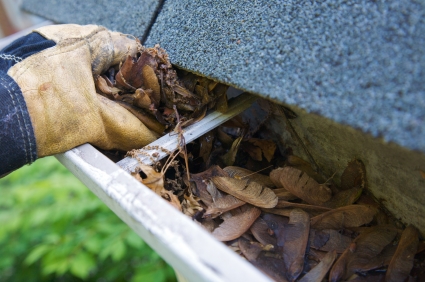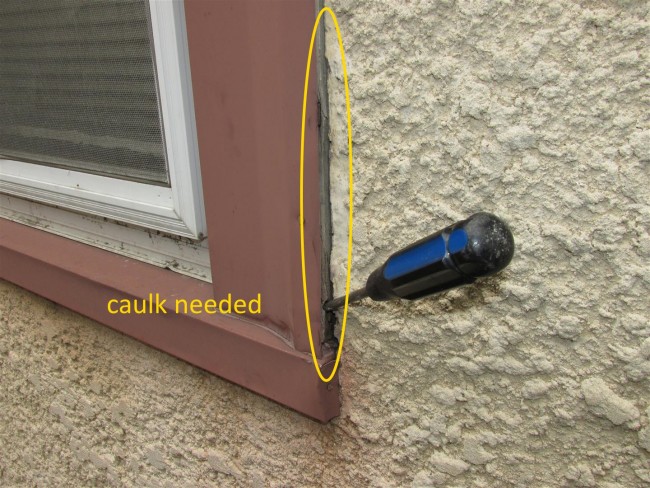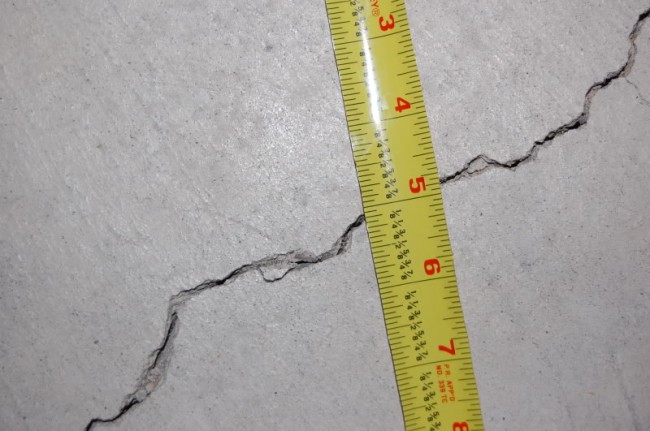Regular care and maintenance of your home is important to keeping it beautiful, functional, safe and healthy. Now that the last hard freeze is behind us, here are some exterior home inspection and maintenance tips for spring.
A good plan of attack is to walk around your home and inspect it top to bottom.
ROOF and GUTTERS
The first stop (at the top) is your roof. Be on the lookout for shingles that are starting to curl, warp or peel away from the underlayment, or tiles that are broken. Pay special attention to the areas where things protrude through the roof such as chimneys, roof jacks, vent pipes and where satellites attach. During the winter, colder temperatures can cause sealant materials to contract, making it possible for water and unwanted critters to invade your home. Make sure the caulk or silicone used around any flashings is firmly attached and still pliable. If it’s brittle, cracked or peeling it should be replaced. If roof jacks (pipes coming out of the roof) are painted, they may need touching up every 1 – 2 years.
 While you’re up on the ladder, make sure your gutters are cleaned out and securely fastened to the fascia. If you notice signs that water has been spilling over or under the gutters (such as a rotting soffit), you may have an issue with a clogged downspout, improper pitch/slope, or your gutter may be the wrong size. Rotting wood should be replaced and gutters adjusted to achieve proper drainage.
While you’re up on the ladder, make sure your gutters are cleaned out and securely fastened to the fascia. If you notice signs that water has been spilling over or under the gutters (such as a rotting soffit), you may have an issue with a clogged downspout, improper pitch/slope, or your gutter may be the wrong size. Rotting wood should be replaced and gutters adjusted to achieve proper drainage.
If being on a ladder or rooftop makes you uncomfortable, seek professional help for these tasks.
WINDOWS and WALLS
With the lid of your home inspected, it’s time to take a look at the windows and walls. It’s normal for dirt to accumulate on and around windows, especially over the winter when snow sits on sills. Heavy spring rains will also splash dirt up from the ground along the bottom of exterior walls. You can give your exterior a good rinse with a garden hose, but for more stubborn grime, a low-pressure power wash may be in order. Power washers can be rented from home improvement stores for $25-50 a day.
 With the exterior clean, check for evidence that water is pooling on the window sills. Over time this will rot away the sills and can cause expensive damage to the interior and exterior of the wall.
With the exterior clean, check for evidence that water is pooling on the window sills. Over time this will rot away the sills and can cause expensive damage to the interior and exterior of the wall.
Ensure that paint coverage is uninterrupted and seams are properly caulked. Look for cracked or peeling paint. An isolated issue can most likely be repaired and patched, but if the same issue is found in multiple spots, it may be time to repaint the exterior.
Minor cracking in stucco is normal and doesn’t necessarily indicate a structural problem or poor workmanship. However, cracks larger than the width of a credit card warrant repair.
FOUNDATION
Spring is the most common time of year for foundation leaks to occur. Snow melt and spring rains team up to test your home. Make sure downspouts extend at least four feet from your exterior walls, and that soil is graded to slope away from your home’s foundation. If water is pooling within four feet of the foundation, adjust your drainage.
Large foundation cracks and bulging walls might indicate a serious structural problem. These warrant professional evaluation and repair.
DRIVEWAYS, WALKWAYS and DECKS
Inspect all flatwork surfaces around your home such as the driveway, walkways, decks and patios. Some slight cracking and settling of concrete is normal. Be on the lookout for any new cracks that you didn’t notice last fall, and check old cracks to see if they’ve gotten bigger.

Cracks with gaps wider than ⅛” to ¼” should be filled with a sealant product appropriate for the damaged material. As with the foundation, look for signs that water is pooling and adjust to correct drainage. Decorative stamped, stained or epoxy concrete may require resurfacing periodically. A wood deck will require re-staining or sealing over time to protect its structural integrity.
If you identify any exterior home issue or repair that is beyond your skill set, call a professional contractor with questions, or schedule an appointment for a more in-depth inspection of problem areas.
Check out our follow-up blog: Spring Maintenance: INTERIOR

